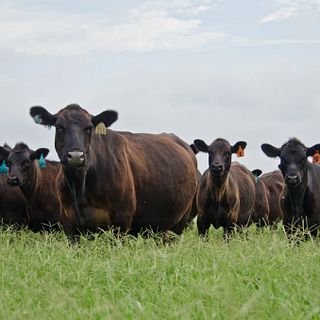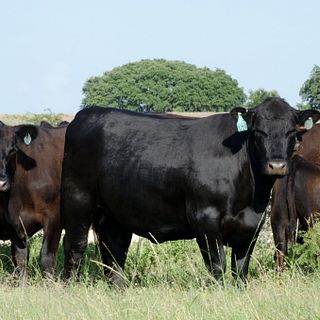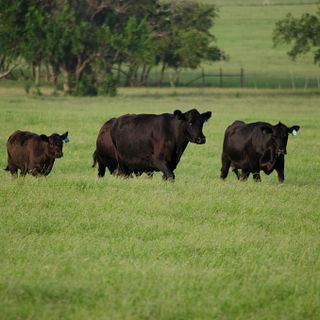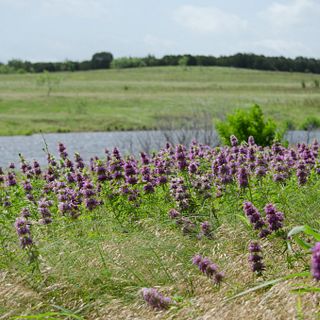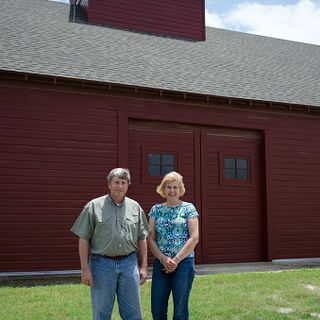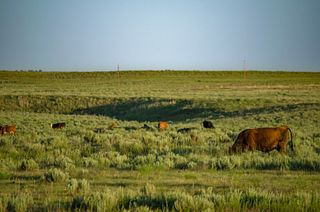
- Home
- Winner Gallery
- Inductees
- Rocosa Ridge Ranch
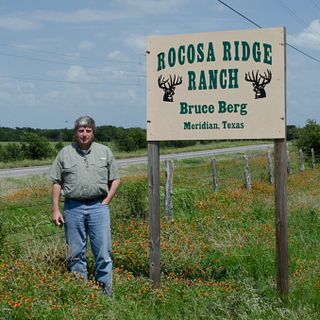
Year Inducted: 2014
Region IV
Dallas, Texas
Rocosa Ridge Ranch of Bosque County, Texas, was honored today as one of seven regional Environmental Stewardship Award Program (ESAP) winners. The award, which is sponsored by Dow AgroSciences, USDA Natural Resources Conservation Service (NRCS), U.S. Fish and Wildlife Service, National Cattlemen’s Beef Association (NCBA) and the National Cattlemen’s Foundation, is presented to farmers and ranchers who are working hard to protect America’s natural resources.
“A ranch never sits still,” said Bruce Berg, owner of Rocosa Ridge Ranch. “It’s always getting better or worse and my goal is to make the ranch better, because I’m going to own it for a while and then someone else will own it, or inherit it. I want it to be better for them than it was for me.”
Rocosa Ridge Ranch is in the Grand Prairie ecological region of central Texas. Ninety-three percent of the ranch is in native grass or woodlands. About 690 acres of the ranch contain hardwoods and Ashe juniper (known locally as cedar), rocky draws and canyons. Rocosa Ridge Ranch has two operating units. When Berg purchased the ranch seven years ago, the 2,960-acre north unit had been used for a Quarter Horse operation and had been under-grazed. Other portions of the unit had been in annual crop production. The 2,547-acre south unit had been overgrazed by livestock. Today, the north unit provides the majority of the grazing days for the beef herd. The majority of soils are on shallow sites and are dominated by little bluestem, indian grass and sideoats grama.
“The way Bruce maintains the vigor of these grasses is by his proper grazing. He implements a simple rotational grazing plan, but he moves when he needs to move and his key indicator are these bunch grasses in which he takes about a quarter of the standing forage but he ends up leaving half of that plant material for the resource itself,” said Matt Machacek, NRCS Rangeland Management Specialist. “What that does is maintain that plant vigor. It keeps the ground covered. It keeps the soil moist for times when we get into drought.”
Rocosa Ridge Ranch is in the flight path of the endangered migratory songbird, the golden-cheeked warbler and provides habitat for the warbler and the black-capped vireo. Fort Hood Army Base is in the same ecological area and also has endangered songbird habitat. Songbird nesting and military maneuvers are not complementary activities; therefore, Fort Hood Army Base has reached out to landowners seeking to lease mitigation easements. Berg has entered into a 25-year agreement through the Fort Hood Recovery Credit System to protect golden-cheeked warbler habitat. Through this agreement, he is required to protect and enhance a certain amount of habitat on the ranch.
Black-capped vireo songbirds prefer live oak mottes for their homes, preferably head height or lower, so clearing out young cedar allowed the birds greater access to the hardwood trees. The golden-cheeked warbler requires old-growth cedar, which also benefits from the removal of smaller, younger cedar thickets. The next major brush management project under the mitigation easement is to begin prickly pear control on the clay flats on the ranch.
